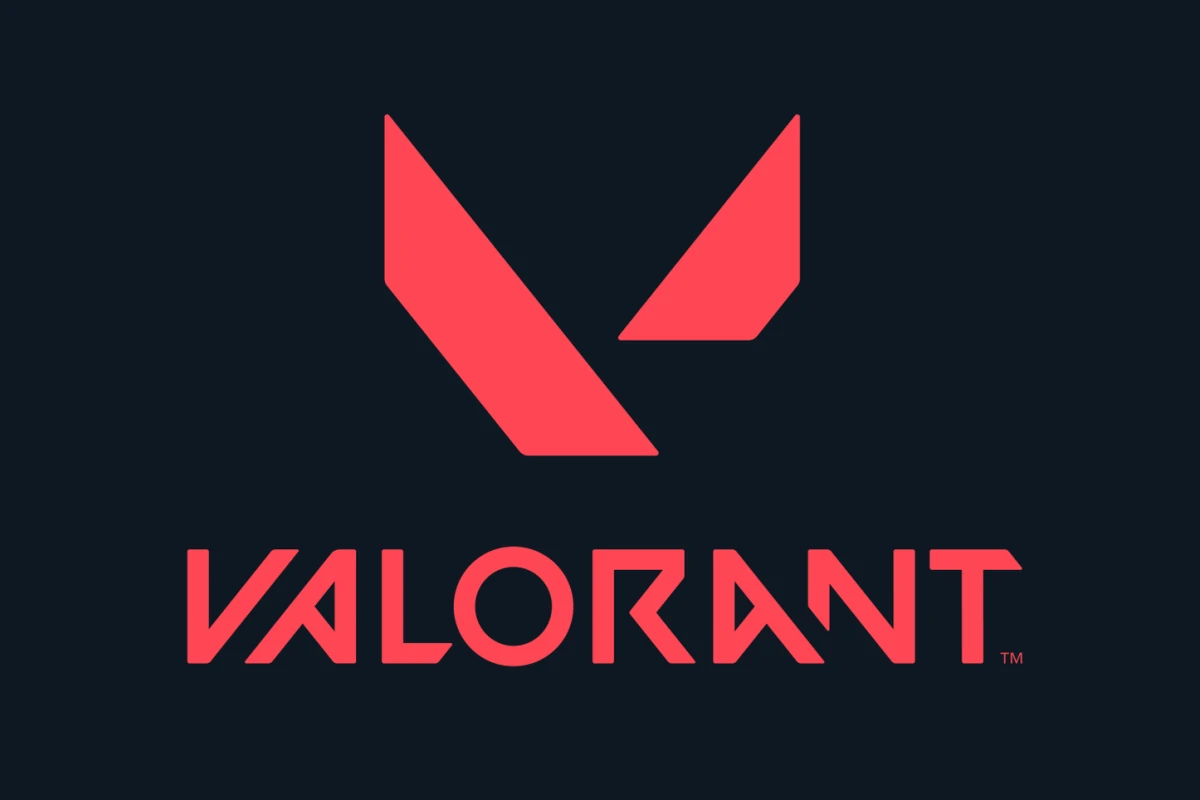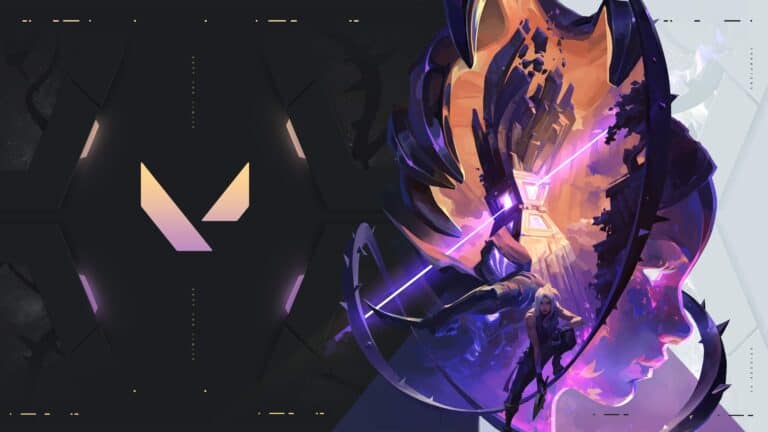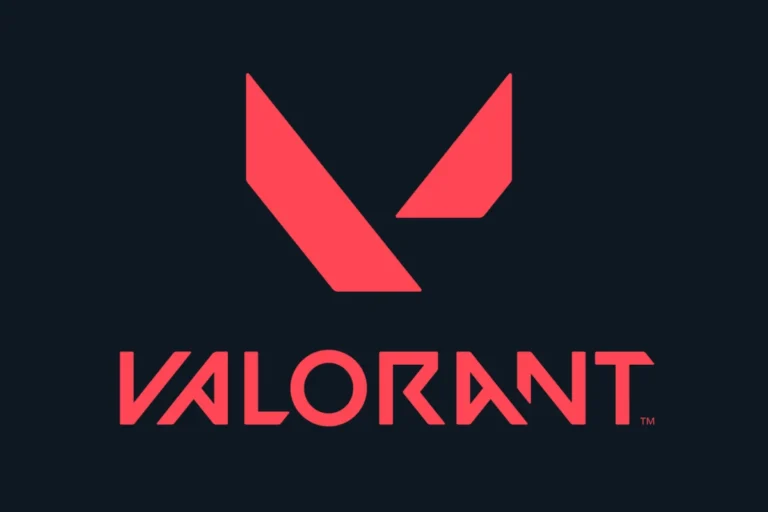
VALORANT’s competitive scene attracts many players by providing a way to test skills and move up the ranks. The ranked system combines visible ranks and a hidden Matchmaking Rating (MMR) to ensure balanced matches. This system, along with Act Rank and competitive queue restrictions, aims to create a fair and enjoyable experience for players of all skill levels. Knowing how these systems work is important for improving your competitive potential in VALORANT. The ranked mode has nine different ranks, ranging from Iron to Radiant, which show increasing levels of skill and achievement. Each rank below Radiant has three tiers, giving players clear goals for progression.
The ranked system in VALORANT uses a player’s performance to determine their placement and advancement through the ranks. As players improve their skills and win matches, they can climb the ladder from Iron to Bronze, Silver, Gold, Platinum, Diamond, Ascendant, Immortal, and finally Radiant. The visual representation of a player’s rank changes with each tier, serving as a visible indicator of their progress.
VALORANT’s ranked mode creates a competitive environment where players face opponents of similar skill levels. This system encourages fair matches and provides a meaningful way for players to measure their improvement over time. The varied ranks and tiers allow for a nuanced representation of player skill, ensuring that the competitive experience remains engaging for players at all levels.
Understanding VALORANT’s Competitive Scene
How VALORANT Ranked Works
VALORANT’s ranked mode lets players compete and climb the ladder. It uses a system of ranks, Ranked Rating (RR), and Matchmaking Rating (MMR) to ensure fair matches.
Ranks
There are 9 ranks in VALORANT, representing different skill levels:
- Iron
- Bronze
- Silver
- Gold
- Platinum
- Ascendant
- Immortal
- Radiant
Except for Radiant (the highest rank), each rank has three tiers (I, II, and III), with III being the highest within that rank.
Ranked Rating (RR)
- RR is the points system used to track your progress within the ranks.
- You gain RR by winning matches and lose RR by losing.
- Individual performance in a match also affects how much RR you gain or lose. Performing well, even in a loss, can minimize RR loss.
- Each tier within a rank requires 100 RR to advance to the next.
Matchmaking Rating (MMR)
- MMR is a hidden rating that determines your skill level.
- The system uses MMR to match you with players of similar skill.
- While RR is a visual representation of your progress, MMR is the primary factor in matchmaking.
How to Play Ranked
- You need to reach account level 20 to unlock ranked mode.
- You must complete 5 placement matches to receive your initial rank.
Key Features
- Act Rank: Each Act (roughly 2 months long) within an Episode (roughly 6 months long) tracks your highest achieved rank.
- No Rank Decay: Your rank will not decrease over time due to inactivity (except for Immortal and Radiant, which can fluctuate based on leaderboard position).
The Ranking System
There are nine ranks in VALORANT: Iron, Bronze, Silver, Gold, Platinum, Ascendant, Immortal, and Radiant. Each rank (except Radiant) has three tiers (I, II, III). You start by playing five placement matches. These matches determine your initial rank.
Ranked Rating (RR) and Matchmaking Rating (MMR)
RR tracks your visible progress. You gain RR by winning and lose RR by losing. Your performance in each match also counts. Good performance, even in a loss, can lessen RR loss. You need 100 RR to move up a tier within a rank.
MMR is a hidden number that shows your skill. The game uses MMR to match you with players of similar skill. While RR is what you see, MMR is what makes the matches fair.
Climbing the Ranks
To play ranked, you need to reach account level 20. Then, you play five placement matches. After these, you get your first rank. You gain RR by winning. When you get 100 RR in a tier, you move up to the next. For example, if you are Iron III and get 100 RR, you move to Bronze I.
Act Rank and Seasons
VALORANT has “Acts” within “Episodes.” Each Act is about two months long, and each Episode is about six months long. Your “Act Rank” shows your best rank in each Act. This is shown as a triangle with your nine best wins during that act.
Rank Decay and Leaderboards
Your rank does not go down if you stop playing. This is true for all ranks except Immortal and Radiant. These top ranks can change based on your position on the leaderboard. If you are inactive, you might lose your spot and your rank can go down.
How to Improve Your Rank
Improving your rank means improving your gameplay. Here are some tips:
- Teamwork: VALORANT is a team game. Work with your team.
- Communication: Talk to your team during matches.
- Aim Training: Practice your aim to hit more shots.
- Agent Knowledge: Learn how different agents work.
- Map Awareness: Know the maps well to plan your moves.
Competitive Queue Restrictions (Party Size)
VALORANT has restrictions on who you can queue with in ranked based on rank disparity. This is to ensure fair matches and prevent boosting.
| Your Rank | Max Rank Difference Allowed |
|---|---|
| Iron – Diamond | 3 tiers |
| Immortal+ | Party size limited to 2 players, only within 3 tiers of each other |
Frequently Asked Questions
- What happens if I disconnect during a ranked game? If you disconnect, try to rejoin quickly. If you do not return, you may get a penalty and lose RR. Your team will have to play without you.
- Can I play ranked with friends who are much lower rank than me? There are restrictions on how big the rank difference can be within a party in ranked games. This prevents very high-ranked players from carrying very low-ranked players.
- How often are ranks reset? Ranks are not fully reset between Acts. There is a “soft reset” at the start of each Episode. This means your rank might change a little, but you will not start from the very bottom.
How VALORANT Compares to Other Ranked Systems
Other games have ranked systems too. Some use points, like VALORANT. Others use divisions or leagues. Many games have seasons like VALORANT. Some games have rank decay, where your rank goes down if you do not play. VALORANT does not have rank decay (except for Immortal and Radiant). This is a more forgiving system than some other games. Games like CS:GO use a similar system of visible ranks and hidden MMR.
VALORANT’s ranked mode offers a structured competitive experience for players seeking to test their skills and climb the ladder. Understanding the nuances of RR, MMR, and the rank system itself is crucial for maximizing your competitive journey. By focusing on teamwork, communication, and individual skill development, players can steadily improve their rank and enjoy the rewards of competitive play.
Beyond the core ranked mode, VALORANT also offers other competitive options. Unrated mode provides a similar experience to ranked, but without the pressure of rank changes. This mode is good for practicing new agents or strategies. There are also tournament modes and community events. These offer a more organized competitive experience. These different modes provide a range of competitive options for players of all skill levels.
This information should give you a good idea of how VALORANT’s ranked mode works. Have fun and good luck on your climb!
Key Takeaways
- VALORANT features nine ranks with three tiers each, except for Radiant
- Players’ ranks are determined by their performance and match outcomes
- The ranked system aims to create balanced matches between similarly skilled players
Overview of VALORANT’s Ranked System
VALORANT’s competitive mode features a tiered ranking system with nine distinct ranks. Players climb the ladder by winning matches and earning Rank Rating points.
Ranks and Tiers in VALORANT
VALORANT’s ranking system consists of nine ranks: Iron, Bronze, Silver, Gold, Platinum, Diamond, Ascendant, Immortal, and Radiant. Each rank, except Radiant, has three tiers. Players start at Iron 1 and work their way up.
The rank distribution in VALORANT follows a bell curve. About 10% of players are in Iron, while Bronze, Silver, and Gold each contain roughly 20% of the player base. Higher ranks like Platinum, Diamond, and above have fewer players.
Rank icons change as players progress through tiers. This visual feedback helps players track their improvement over time.
Understanding Rank Rating (RR)
Rank Rating (RR) determines a player’s progress within a tier. Players gain or lose RR based on match outcomes and individual performance. Wins typically award 10-50 RR, while losses deduct 0-30 RR.
Factors affecting RR include:
- Match result (win/loss)
- Personal performance (kills, assists, utility usage)
- Team score difference
Players need 100 RR to rank up to the next tier. Conversely, dropping to 0 RR results in demotion. The system aims to place players at ranks where they have a 50% win rate.
Progression and Skill Evaluation
Valorant’s ranking system uses placement matches and performance-based metrics to determine a player’s initial rank and subsequent progression. Players gain or lose Rank Rating (RR) based on their skill level and in-game performance.
Placement Matches and Initial Ranking
New players must complete five placement matches to receive their initial rank. These matches assess individual performance, team results, and overall skill. The game’s matchmaking rating (MMR) system considers factors like kills, deaths, assists, and economic management.
After placements, players are assigned a rank from Iron to Diamond. Higher ranks like Ascendant, Immortal, and Radiant are not available for initial placement. The system aims to place players in a rank where they can compete fairly and improve.
The Impact of Skill Level and Performance on RR
Players earn or lose RR after each competitive match. Wins typically award 10-50 RR, while losses deduct 0-30 RR. The exact amount depends on individual performance and the skill difference between teams.
Exceptional performance can lead to increased RR gains, even in losses. Factors influencing RR changes include:
- Kill/Death ratio
- Damage dealt
- Ability usage
- Objective control
- Team score differential
The MMR system continuously adjusts to reflect a player’s true skill level. Consistent strong performances can lead to higher RR gains and faster rank progression. Conversely, poor performances may result in larger RR losses.
Matchmaking and Competitive Integrity
Valorant’s ranked system balances player skill and fairness through hidden ratings and visible ranks. This system aims to create balanced matches and provide a clear progression path for competitive players.
Understanding Matchmaking Rating (MMR)
MMR is a hidden value that measures a player’s skill level in Valorant. It changes after each match based on performance and game outcome. MMR determines which players are matched together in competitive games.
Visible ranks like Gold or Platinum are linked to MMR but don’t always match exactly. This allows for some flexibility in matchmaking while still grouping players of similar skill.
MMR adjusts faster than visible rank. This helps place new players accurately and responds quickly to skill improvements.
Maintaining and Improving Rank
Players must win games consistently to rank up in Valorant. Individual performance also affects rank changes, especially at lower tiers.
Valorant uses an Act Rank system to track a player’s best rank achieved during an Act. This encourages consistent play throughout the season.
Rank decay occurs if a player is inactive for an extended period. This ensures that returning players are placed appropriately based on their current skill level.
Practice and teamwork are key to improving rank. Players should focus on map knowledge, aim training, and communication skills.
Leaderboards and Rank Distribution
Valorant features regional leaderboards for top players. These showcase the best performers in each region and create a competitive atmosphere at high ranks.
The rank distribution in Valorant follows a bell curve. Most players fall in the middle ranks like Silver and Gold.
Higher ranks like Immortal and Radiant represent a small percentage of the player base. These ranks are highly competitive and require exceptional skill to achieve and maintain.
Riot Games occasionally adjusts rank distribution to ensure a balanced and competitive environment across all skill levels.
Competitive Play Requirements and Restrictions
Valorant’s competitive mode has specific prerequisites and limitations. Players must meet certain criteria to access ranked matches and follow rules to maintain fair play.
Unlocking Competitive Play and Account Requirements
Players need to reach account level 20 to unlock competitive mode in Valorant. This requirement ensures players have basic game knowledge before entering ranked matches. Riot Games implemented this rule to maintain competitive integrity.
To reach level 20, players must complete unrated games and other game modes. This process helps new players learn maps, agents, and game mechanics. The number of games needed varies based on performance and XP earned.
Once level 20 is reached, players must win 5 placement matches. These matches determine initial rank placement. Placement matches pair players with others of similar skill levels.
Restrictions and Penalties
Valorant enforces rank restrictions to ensure balanced matches. Players can only queue with others within 2 ranks of their own. For example, a Gold player can team up with Silver or Platinum players, but not Bronze or Diamond.
AFK penalties apply in competitive mode. Leaving matches early results in temporary bans from ranked play. Repeated offenses lead to longer bans and potential rank demotions.
Riot Games implements anti-cheat measures to maintain fair play. Detected cheaters face immediate account bans. The company regularly updates its anti-cheat system to combat new hacking methods.
Rank decay occurs after extended periods of inactivity. Players must complete placement matches again if they don’t play for a full Episode.
Frequently Asked Questions
Valorant’s competitive ranking system features a progression of tiers and divisions. Players often have questions about how ranks work and what they mean.
What is the rank progression from lowest to highest in Valorant?
Valorant’s rank progression starts at Iron and ends at Radiant. The complete order is:
- Iron
- Bronze
- Silver
- Gold
- Platinum
- Diamond
- Ascendant
- Immortal
- Radiant
This hierarchy allows players to track their skill development as they climb the ranks.
How does the ranking system operate in Valorant?
Valorant’s ranking system uses performance-based metrics. Players earn or lose Rank Rating (RR) based on match outcomes and individual performance.
Winning games is the primary way to increase rank. Exceptional personal performance can boost RR gains or minimize losses.
Which ranks are eligible to queue together in Valorant competitive matchmaking?
Valorant limits rank disparity in competitive queues. Players can typically team up with others within three rank tiers of their own rank.
This restriction aims to ensure fair matches. It prevents high-ranked players from boosting lower-ranked friends unfairly.
Can you explain the tier divisions within the Valorant ranks?
Most Valorant ranks have three tiers. These are numbered 1, 2, and 3, with 3 being the highest within each rank.
For example, Gold has Gold 1, Gold 2, and Gold 3. Players progress through these tiers before advancing to the next rank.
Radiant is the only rank without tiers. It represents the pinnacle of Valorant skill.
What percentage of Valorant players are in the Immortal category?
Immortal is an elite rank in Valorant. It typically comprises a small percentage of the player base.
Exact percentages fluctuate, but Immortal often represents less than 1% of all players. This makes it a highly prestigious rank to achieve.
How does one achieve the Radiant rank in Valorant?
Reaching Radiant requires exceptional skill and dedication. Players must first progress through all other ranks, including Immortal.
Only the top 500 players in each region can hold the Radiant rank. This number may vary slightly based on the region’s player population.
Maintaining Radiant status demands consistent high-level performance. Players must continually outperform other top-ranked competitors.


